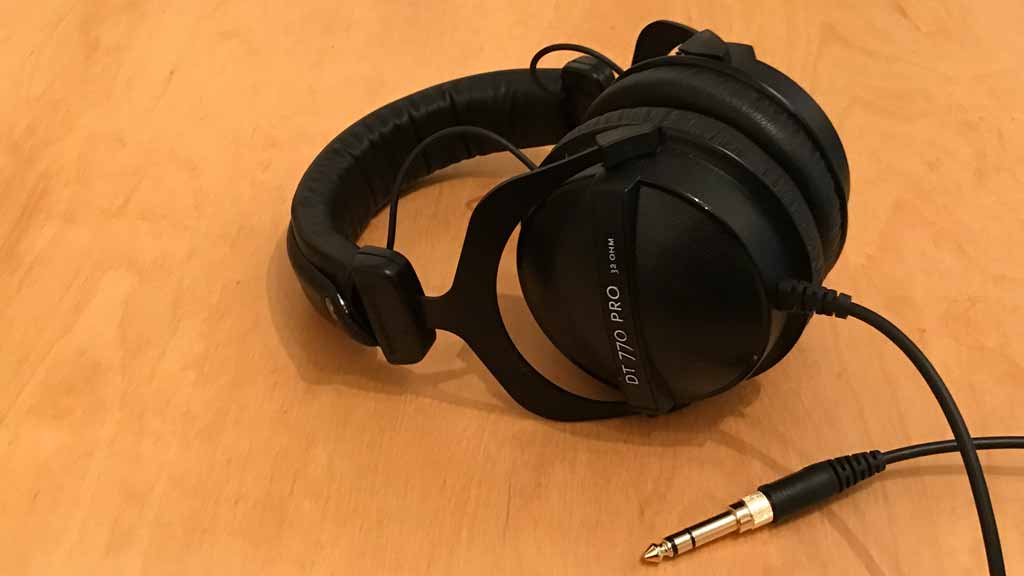
BeyerDynamic DT 770 PRO – One of the most popular brands
Table of Contents
Why Do I Need Headphones In The First Place?
There has been a trend by some voiceover artists to use headphones less in recent years. The reason is that the industry is increasingly seeking a more ‘natural’ sound in the work style. Many artists, even professionals, can be impacted by the sound of their own voice in their ears. It can lead to a more pronounced delivery, which isn’t always ideal.
That said, you can’t take direction from someone else in a live session unless you are wearing headphones. You might also need them for editing.
After a microphone, a set of headphones is one of the key tools you will use as a voice-over artist.
A good set of headphones, treated well, can last for years. Some allow the replacement of pads and cables meaning they last even longer. They become like “Triggers Broom”. (If that reference is lost on you, watch the Only Fools And Horse’s clip below).
The Infamous “Trigger’s Broom” from Only Fools and Horses.
What Headphone Features Should I Look Out For?
Closed Ear Headphones Are a Must For The Voice Over Booth.
You need “closed-ear headphones” for recording in a voiceover booth, but what does that mean?
Some headphones are open-ear, meaning they allow air to pass through the ear cups. For some purposes, this can give a better performance and clearer sound. You might choose these for mastering audio for example.
Closed-Ear headphones are the opposite. They often have a cushion rim layer and ‘seal’ to the ear so that sound doesn’t leak out. Well, most of the time anyway.
If you’re standing in front of a live microphone, you don’t want sound from the recording feeding back to the microphone. If noise is bleeding from your headphones back to the mic, you’ll hear audio feedback (a ringing or squealing noise – it’s quite unpleasant when loud).
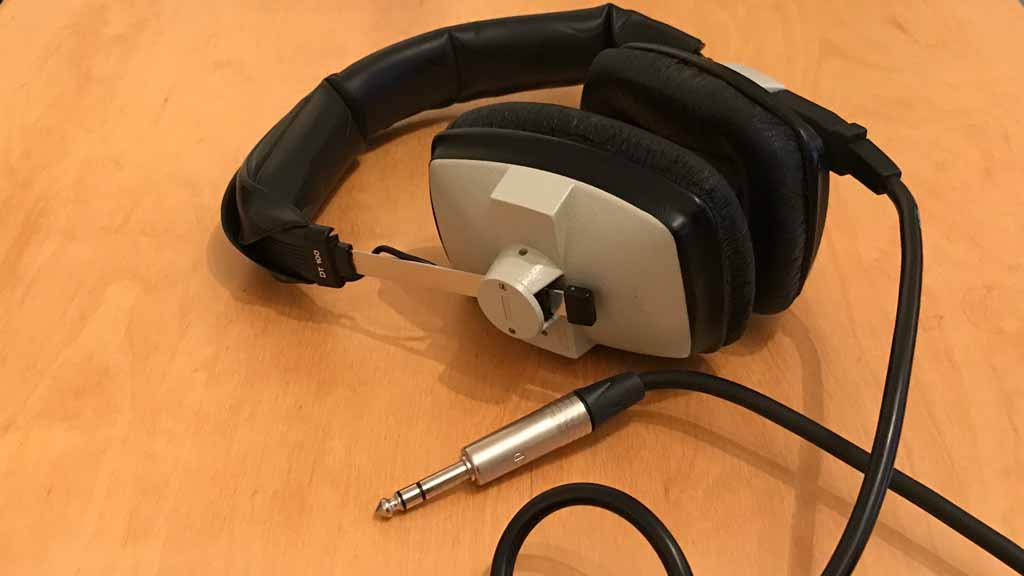
BeyerDynamic DT100s. This particular pair is 400ohms!
Watch the OHM Rating Of Your Headphones.
This is where I get out of my depth, talking about electronics. OHMs are a measurement of impedance in a set of headphones.
The important thing to think about is that the OHM level of your headphones should be matched to the equipment you are using. The more powerful the equipment, the more it can ‘drive’ the volume in your headphones.
A mixing desk in a pro-studio will have a high-power output. It can drive a high OHM set of headphones. In fact, it will probably blow a set of low OHM headphones.
By comparison, a small USB-powered audio interface has very little power to drive the headphones, resulting in low volume. This is because the device uses a USB, rather than an electric plug, and draws only a small amount of power from your computer.
My first pro-headphones for radio work were 400ohms. They were great in that setting, but useless with a Focusrite Scarlet 2i2 audio interface. I could barely hear anything.
If you’re using a smaller audio interface, then I would suggest either 16, 32 or at most 80ohm headphones. For my Focusrite Scarlet 2i2 and Audient id4 interfaces, I use 32ohm.
If you already have a set of headphones and find them ultra-quiet, check the OHMs and whether it’s appropriate for the studio kit you’re using. It may be possible to buy a headphone amp, that will convert the signal and make them louder.
The Headphone Jack.
The headphone jack is the connector at the end of the cable that plugs into your audio interface or other equipment.
Most pro-equipment traditionally uses a 6.35mm jack. For most domestic uses, the most common is 3.5mm. Other sizes also exist.
Often you can use an adaptor with a 3.5mm jack to increase its size to 6.35mm, but keep in mind your own requirements when buying headphones.
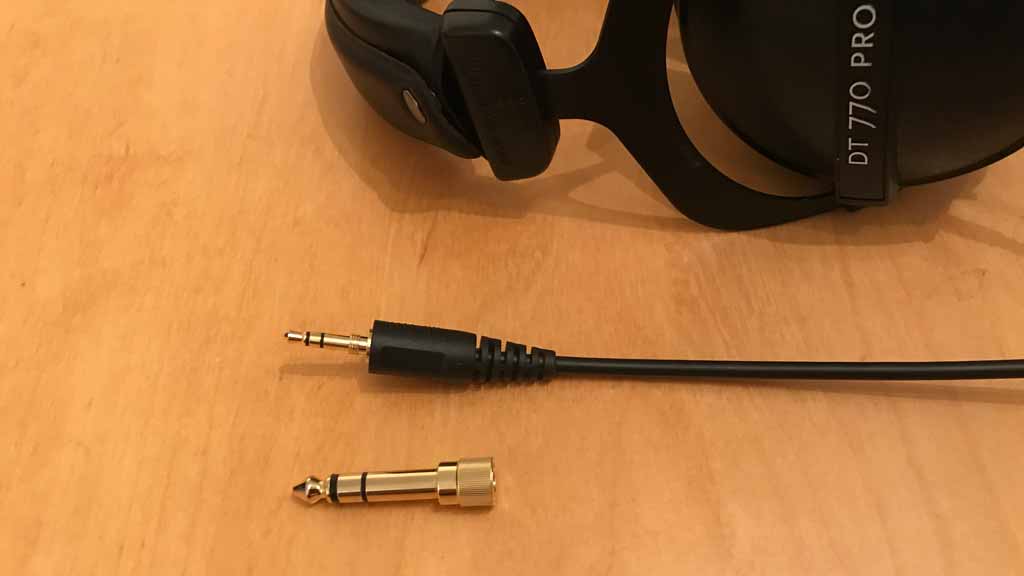
Different Size Jack Options on Headphones
Coiled or Straight Headphone Cable.
Some headphones come with a coiled cable, a little like the kind you might find on an old telephone handset. Some come with a straight cable. When I worked in radio, I loved the coiled type, because when you’re moving around on a studio chair, a straight cable would drag on the floor, and I would constantly run the chair’s wheels over it. A coiled cable could stretch as far but never had the same problem. It’s all a matter of preference.
Can I Use Earphones or Buds instead of Headphones?
They’re all the rage with people doing interviews on camera these days. You might be able to pull it off in an emergency, but I would say no. In a voice-over setting, you will be much closer to the microphone, and there is a risk of the sound being picked up. Of course, there are specific earpieces you can buy that will work, but these are more like what you might see a TV presenter or performance musician wearing and are generally quite expensive.
Useful Information
Did you know headphones are often referred to by their nickname of “Cans”? Check out other voice-over industry terms
Which Headphone Brand Should I Buy?
This is always a big debate, but the workhorse of the industry for decades has been BeyerDynamic.
I’ve used their DT 100s since the late 1980s, and still have a pair on the shelf today
The DT 150s were considered an upgrade in later years, but many have now moved on to the DT 770 PRO Studio Headphones. Depending on the type you choose, some have furry pads that are considered more comfortable for wearing over long periods.
Remember whether doing a live session or self-recording, you’ll be wearing them for a considerable amount of time, and comfort is important.
Other Headphone Brands.
Audio-Technica ATH-M50x
Sony MDR-7506
Sennheiser HD 280 Pro
Take A Test Drive.
I would recommend trying some headphones before you buy. Find a showroom, studio or fellow professional that will let you take a listen. Personally, I would also steer away from headphones that artificially add bass or heavy EQ. Ideally, you’ll want a good representation of the sound, meaning it should be a true sound. Nuance is vital in our profession. You’ll want to hear it.
How Much Should I Pay For My Voice-over Headphones?
There are products on the market for all budgets, but for a good pair of professional standard headphones, I would expect to pay in the region of £100-£150.
Conclusion.
A good pair of professional standard headphones are essential for your work as a voice-over artist. Choose wisely. You’ll want them to be comfortable and clear. A good pair will last for years.
About The Author

Tony Collins-Fogarty
British Voice-Over Artist and Actor
Tony Collins-Fogarty is a British Voice-Over Artist, with a background in broadcast, alongside training as an actor. His radio career began in 1988. He began providing voice-overs regularly in 2005, becoming full-time in 2012. Commercially, he is best known as the brand voice of Tripadvisor, on TV in the US, Canada and the UK.
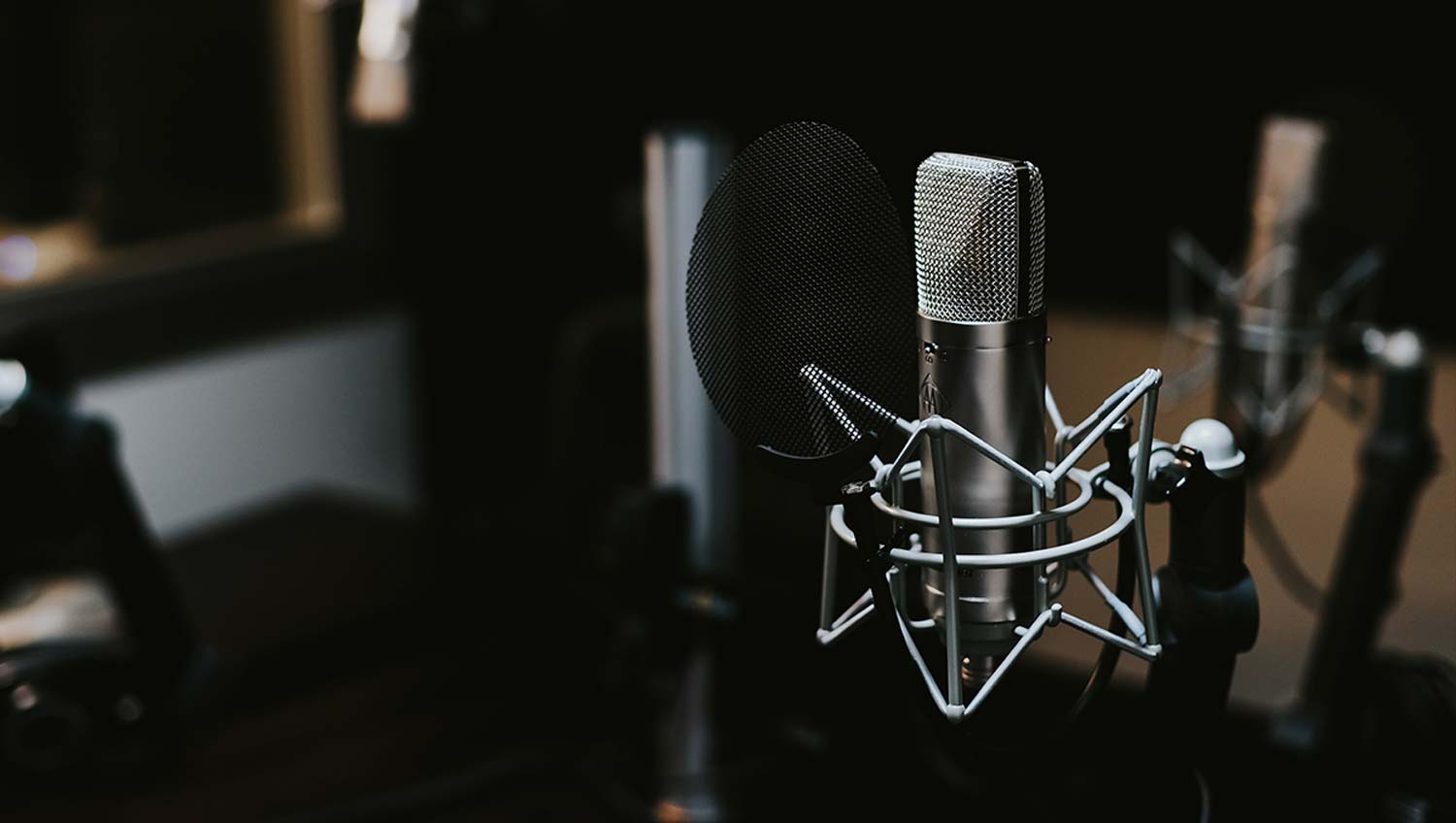
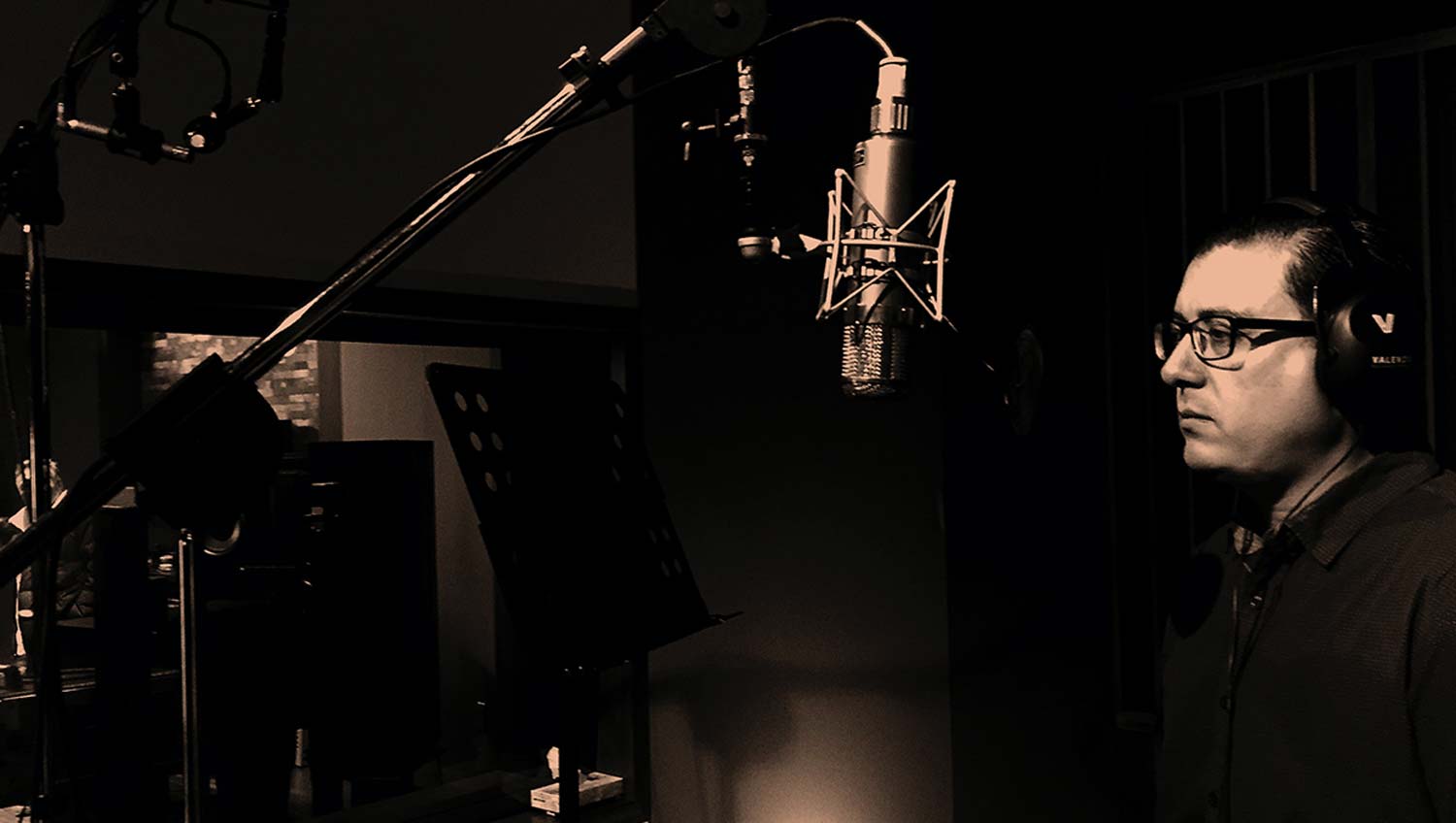


Social